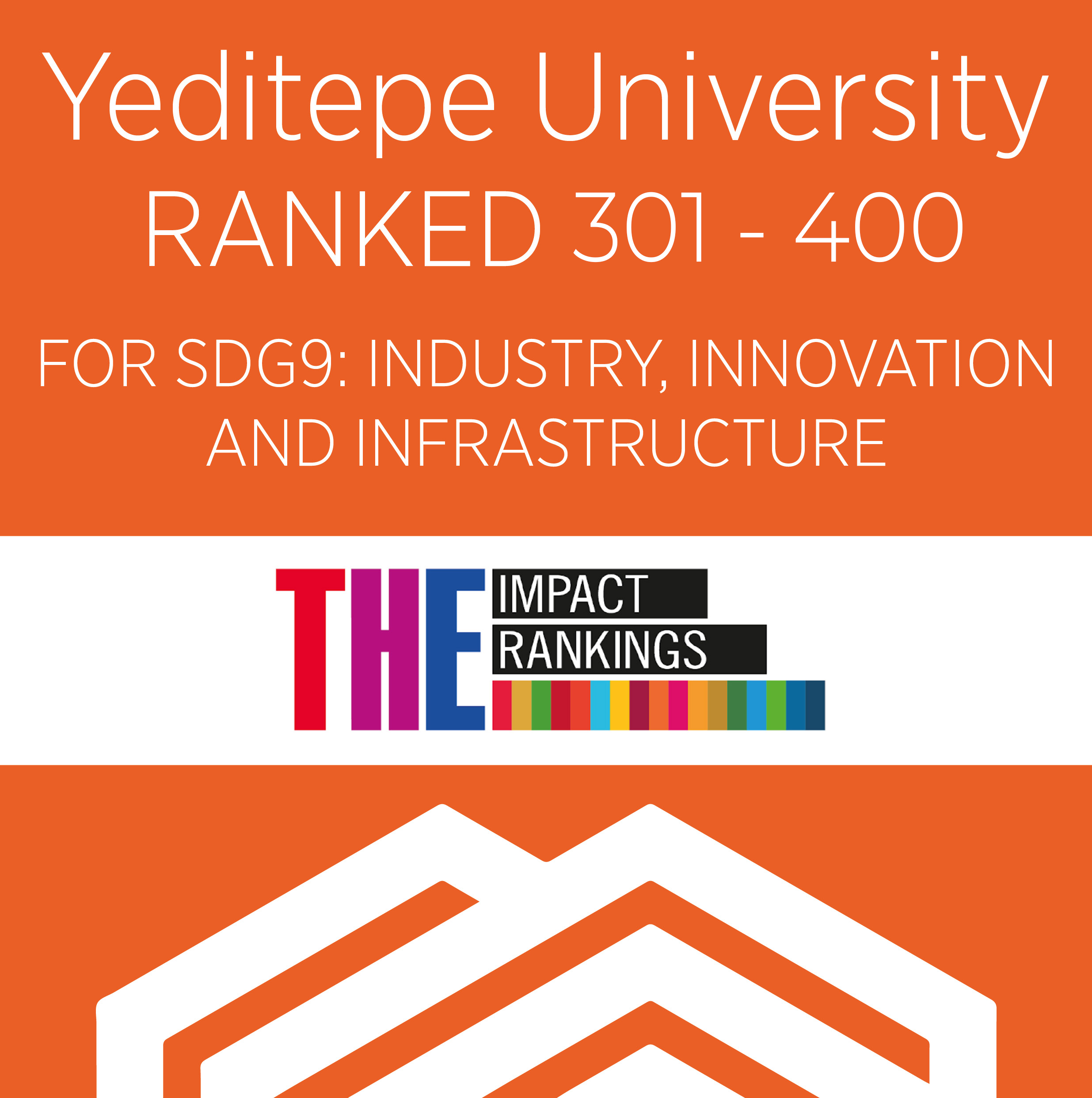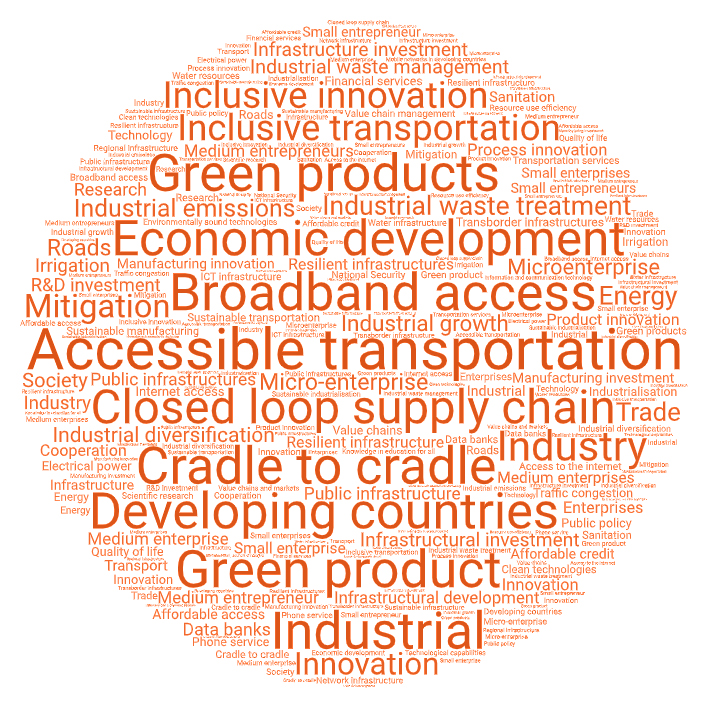What is "Industry, Innovation and Infrastructure"?
Inclusive and sustainable industrialisation, together with strong innovation capacity and resilient infrastructure, is essential for economic growth, technological progress and long-term societal wellbeing. Today, many regions still struggle to fully benefit from this potential, particularly developing economies that require stronger research investment, modern manufacturing capacity and robust infrastructure systems. Globally, innovation and R&D remain unevenly distributed, and emerging challenges—from digital transformation to climate resilience—underscore the need for long-term, future-oriented planning. As the demand for sustainable technologies rises, universities play a crucial role in strengthening innovation ecosystems, supporting industry collaboration and expanding scientific capacity.
Yeditepe University actively contributes to this global agenda by fostering a strong culture of research, innovation and entrepreneurship. With 1,036 academic staff, including 163 in STEM, 332 in Medicine, and 541 in Arts & Humanities/Social Sciences, the University sustains a multidisciplinary scientific environment that supports advanced research and applied innovation. Yeditepe strengthens Türkiye’s innovation capacity through its Technology Transfer Office (YUTTO) and Applied R&D and Analysis Centre (YÜ-AGAM), which together serve as key institutional hubs for technology development, prototyping, industry consultancy and university–industry partnerships.
The University maintains a growing innovation ecosystem supported by five registered university spin-offs, demonstrating its contribution to knowledge-based entrepreneurship and technology commercialisation. YUTTO guides researchers and students through patenting, intellectual property management, incubation processes and access to investors, ensuring that innovative ideas transform into sustainable, market-ready solutions.
Yeditepe University also plays a significant role in strengthening local and national infrastructure for science and innovation. Its fully equipped laboratories, advanced analysis units and sector-focused research platforms support industries ranging from biotechnology and agriculture to energy, environment, and health technologies. The University’s commitment to high-quality infrastructure is further reinforced by its participation in regional and national collaboration networks that promote sustainable industrial development, digital transformation, and research excellence.
Through its strong academic capacity, growing number of innovation-driven enterprises, and continuous support for industry partnerships, Yeditepe University contributes to building an inclusive, resilient and sustainable innovation ecosystem aligned with the aims of SDG 9.

